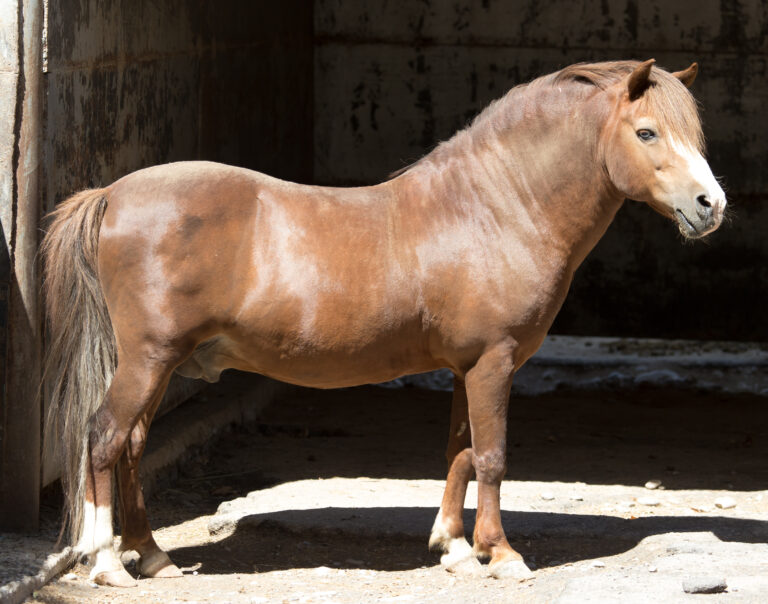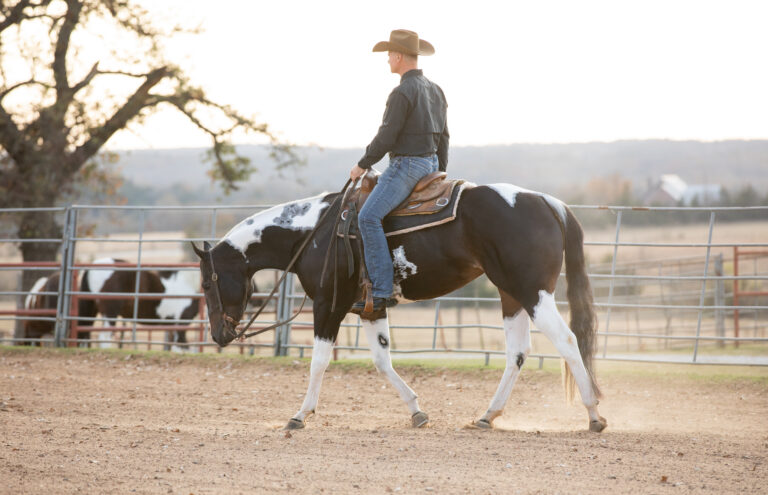
In this episode of The Business of Practice podcast, Tony Bartels, DVM, MBA, a VIN Foundation board member and student debt expert, discussed the rapidly changing landscape of educational loan repayment. Under the current administration, the educational loan landscape has changed dramatically. According to NPR, “Congressional Republicans are quietly working toward one of the most consequential overhauls in the history of the federal student loan program—one that would affect the lives of millions of borrowers. At the center of that overhaul is an effort to sunset most of the current student loan repayment plans and offer future borrowers a simple binary: Pay the same amount every month, or tie your payments to your income.”
In the episode, Bartels explained how the recent passage of the Big Beautiful Bill will cause the biggest change in educational loans seen in our lifetime, impacting borrowers currently in repayment as well as new borrowers, including those entering veterinary school in 2025 and 2026.
Changes for Borrowers in Repayment
Borrowers currently in repayment will see the current income-driven repayment plans sunsetted in July 2028, said Bartels. The SAVE plan, initiated by the previous administration, was blocked by the courts in July 2024, leading to a special forbearance for the 8 million borrowers utilizing it, with neither interest nor forgiveness credit accumulating. On July 9, it was announced that as of Aug. 1, 2025, interest on these accounts will begin to accrue while in forbearance. Borrowers on the SAVE plan should immediately apply for a different plan. Unfortunately, this might take time, as the system has been completely overwhelmed by the number of borrowers.
Changes for New Borrowers
Bartels then explained that new borrowers, including those entering veterinary school in 2025, will be able to borrow under existing rules during the transition phase but must shift to the new programs available in July 2026.
Veterinary students entering school in 2026 will face limits on the total amount they can borrow, with a cap of $50,000 per year and a lifetime cap of $200,000 for their professional program. Bartels recommended prospective students use the VIN Apply Smarter resource to evaluate the most economical schools to which they can apply.
Resources for Borrowers
In closing, Bartels shared several resources from the VIN Foundation that can help borrowers make the best choices for their individual situations.
About Dr. Tony Bartels
Tony Bartels, DVM, MBA, graduated from the Colorado State University combined MBA/DVM program in 2012. He is a Veterinary Information Network (VIN) Foundation board member and student debt expert and an employee of the VIN. He and his wife, a small-animal internal medicine specialist practicing in Denver, have more than $400,000 in veterinary school debt that they manage using federal income-driven repayment plans. By necessity (and now obsession), his professional activities include researching and speaking on veterinary student debt, providing guidance to colleagues on loan-repayment strategies, and contributing to VIN Foundation resources. Beyond debt, his professional interests include small and exotic animal practice. He also enjoys fly fishing, ice hockey, camping, and exploring Colorado with his wife, Audra, daughter, Lucy, and their two dogs, Addi and Maggie.
Related Reading
- Veterinary Wellness Briefs: Smart Financial Moves for Equine Practitioners
- Strategies for New Veterinarians to Pay Off Student Debt
- The Top Factors Influencing Equine Veterinarians’ Job Satisfaction
Stay in the know! Sign up for EquiManagement’s FREE weekly newsletters to get the latest equine research, disease alerts, and vet practice updates delivered straight to your inbox.

![[Aggregator] Downloaded image for imported item #18808](https://s3.amazonaws.com/wp-s3-equimanagement.com/wp-content/uploads/2025/11/06141153/EDCC-Unbranded-17-scaled-1-768x512.jpg)

![[Aggregator] Downloaded image for imported item #18375](https://s3.amazonaws.com/wp-s3-equimanagement.com/wp-content/uploads/2025/09/30140031/EDCC-Unbranded-26-scaled-1-768x512.jpeg)
